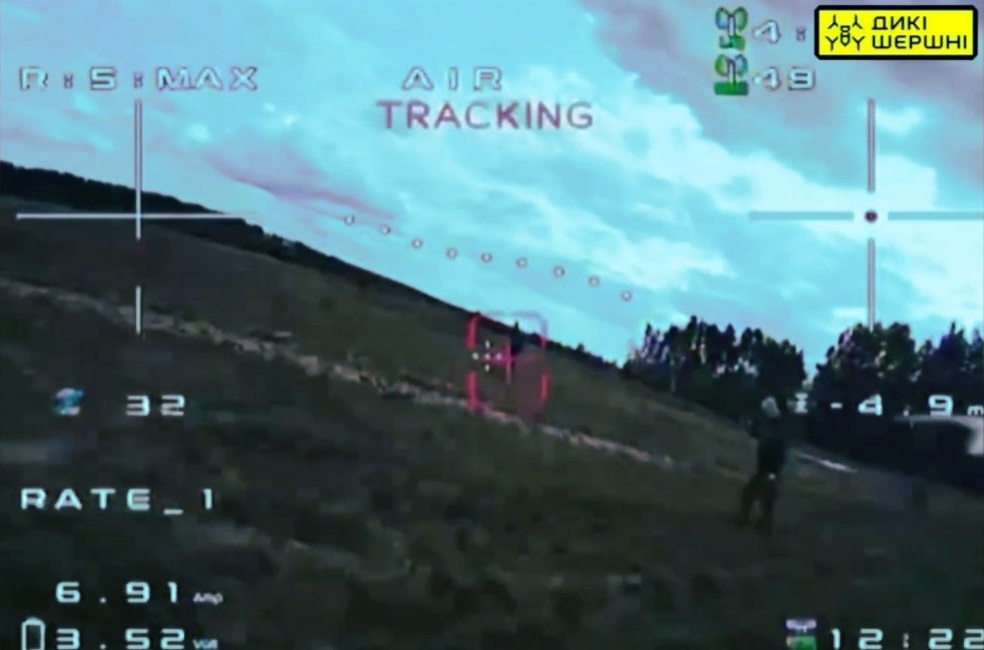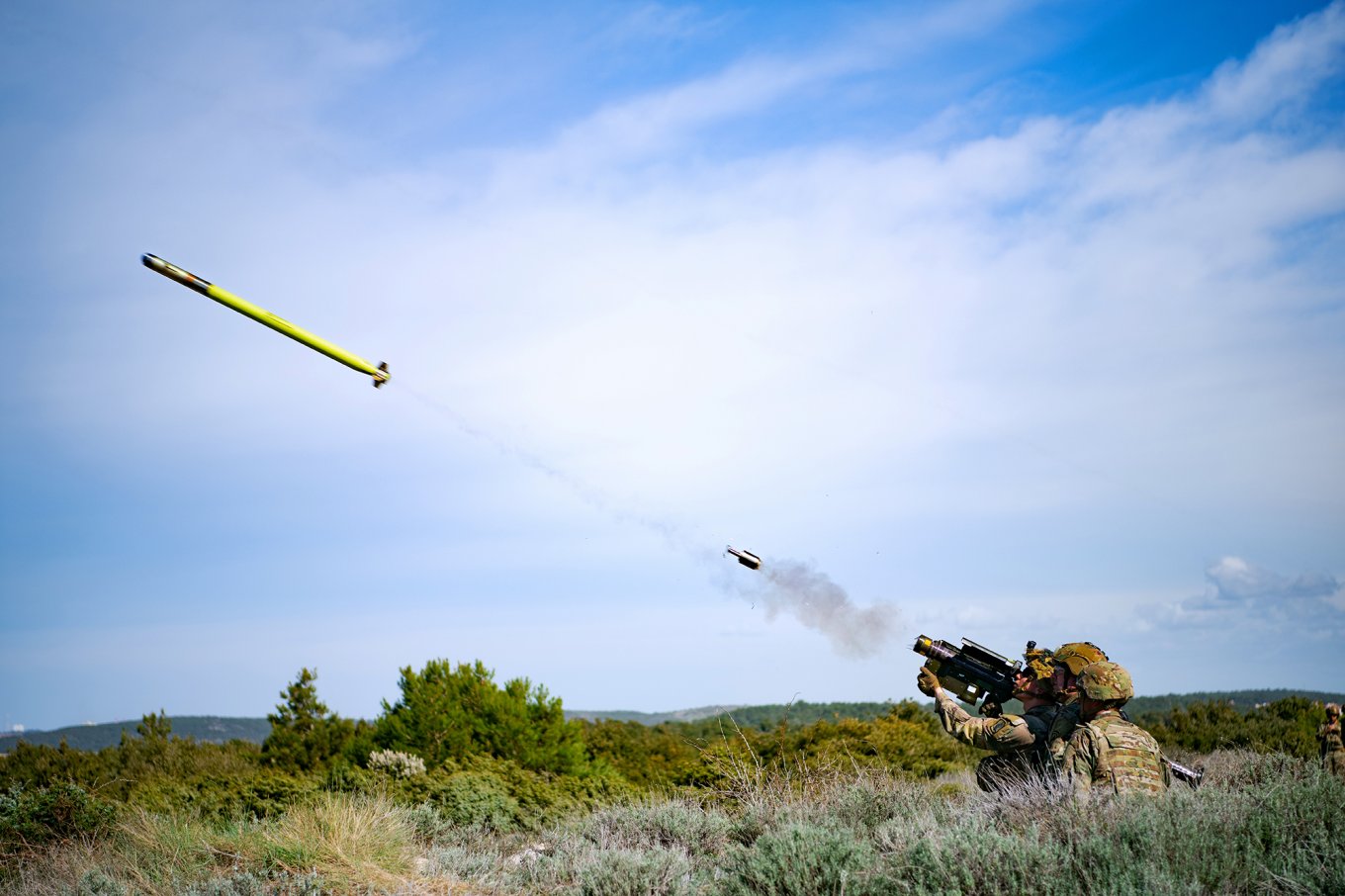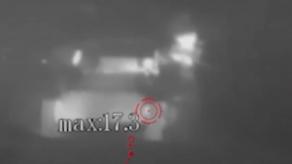Initial tests of a new type of anti-aircraft missile developed by Frankenburg Technologies from Estonia, are to be held in Ukraine in 2025. The parties have already reached an agreement on the terms of these trials, the company's CEO Kusti Salm told ERR. He added that the new weapon is called Mark 1 and it was designed specifically to destroy drones and Shahed loitering munitions, but no less importantly, to be produced at scale.
Frankenburg Technologies is planning to produce several dozen missiles per week to start with, and reach an output of several hundred missiles per week by the fall of 2025. The main factor that can make it possible is the low production cost of the missile, Salm believes. Among the features, an integrated artificial intelligence is mentioned that will be responsible for target selection and lock-on.
Read more: Cost and Delivery Time of AIM-9X, the Budget-Friendly Missile For F-16 and NASAMS

On a note from Defense Express, while the details about the new development are scarce, the official image posted on the manufacturer's website may give us a clue about some of Mark 1's characteristics.
In all likelihood, it's a very small anti-aircraft missile, perhaps about 0.5 meters in length. This could explain how the company expects to mass-produce them at the declared scale.
That is why the photo below is apparently a full-size model of this air defense missile with additional flight control surfaces.

After all, the purpose of Mark 1 is to intercept drones, and therefore it is quite logical to use similarly sized anti-aircraft weapons. Technically, yes, it is possible to take an iranian-russian Shahed-136 with a 7-meter-long missile launched from an S-300 system but using cheaper means is just so much more efficient — provided they demonstrate a sufficient level of effectiveness.
In that regard, Frankenburg Technologies made a number of absolutely correct conceptual decisions when developing their product. Given its description, for example, they could use a camera combined with so-called machine vision software that allows for automatic target recognition and tracking, and strike. This solution is much cheaper than any other common option involving a radiation-seeking, infrared, or semi-active laser guidance system.

The only alternative that could be cheaper than that is radio command, where the missile steers according to control signals transmitted from the ground station which takes over all calculations necessary to align the missile with the target in space.
The presumed small size of the missile immediately means that many times less amount of solid fuel and other materials are required to create it. On the other hand, this also entails limits on the operating range, altitude, and explosive power of the warhead.
Take the Stinger man-portable missile as a reference for comparison, this 1.5-meter-long missile has a range of 6 km, max. altitude of 3.5 km, and a warhead weight of 2.3 kg. Its capabilities allow for effective downing of drones and larger cruise missiles.

Considering the Mk 1 from Frankenburg Technologies is three times smaller, the expected parameters would be a range of up to 2 km, altitude of up to 1 km, and a warhead weighing about 0.5 kg. This should be sufficient for the destruction of drones, i.e. fulfill the requirements of the entire development concept Mark 1 is based on.
Read more: Inspired by U.S. Avenger, Ukrainian Soldiers Modernized a Stinger By Themselves














